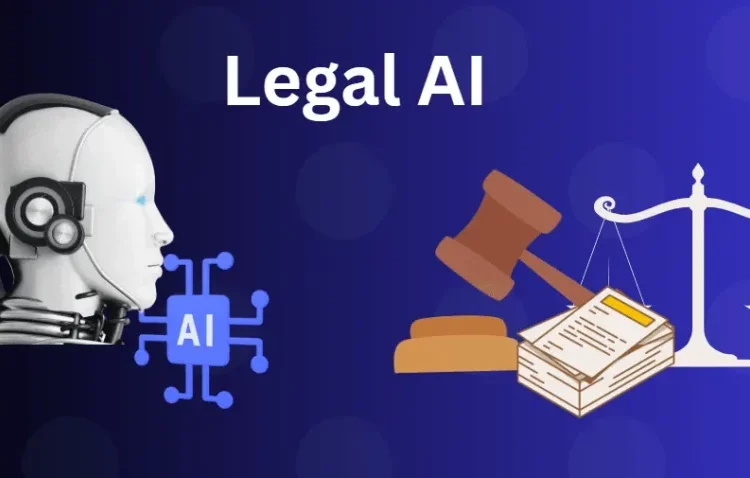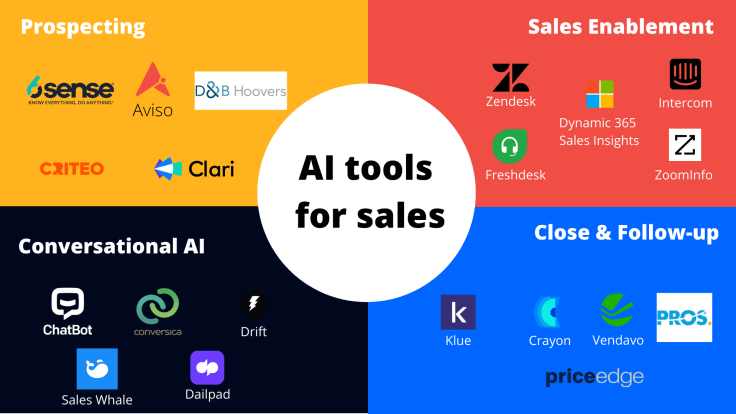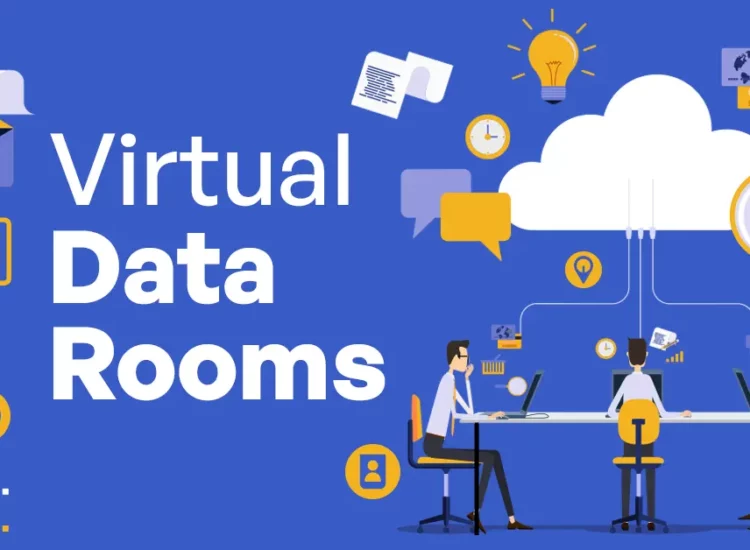Data is the new oil—it’s invaluable but only if you know how to extract its potential. For business owners, harnessing the power of data is crucial for making informed decisions and maintaining a competitive edge. This is where data mining tools come into play. By transforming raw data into actionable insights, these tools enhance business intelligence (BI) and pave the way for strategic success.
Toc
- 1. Introduction to Data Mining and Its Importance in Business Intelligence
- 2. Popular Data Mining Tools in the Market
- 3. Related articles 01:
- 4. Factors to Consider When Choosing a Data Mining Tool
- 5. The Future of Data Mining in Business Intelligence
- 6. Related articles 02:
- 6.1. Integration with AI and Machine Learning
- 6.2. Increased Adoption of Big Data Technologies
- 6.3. Enhanced Data Visualization
- 6.4. Natural Language Processing (NLP)
- 6.5. Cloud-Based Solutions
- 6.6. Emphasis on Data Governance and Security
- 6.7. Real-Time Data Analysis
- 6.8. Personalized Customer Experiences
- 7. Conclusion
Introduction to Data Mining and Its Importance in Business Intelligence
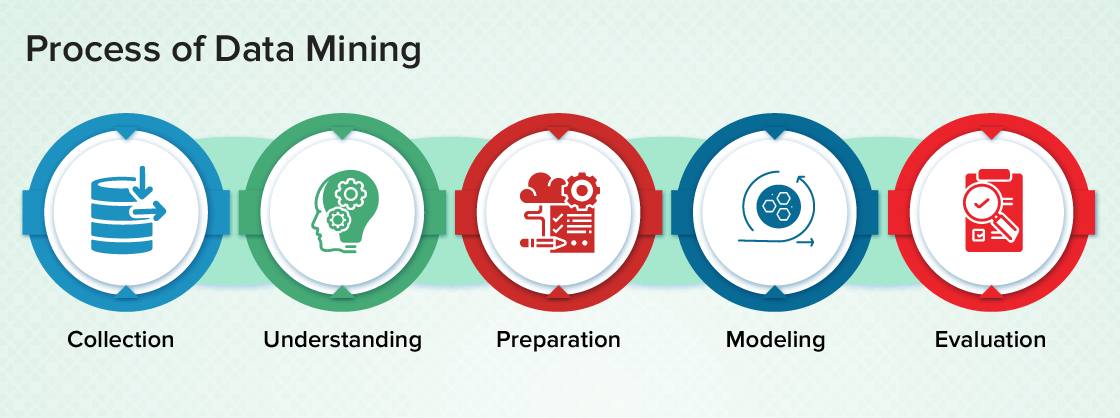
Data mining involves analyzing large datasets to discover patterns, correlations, and anomalies that can inform business strategies. In an era where information is abundant, extracting meaningful insights from data has become a game-changer for businesses. By incorporating data mining into their BI strategies, companies can make evidence-based decisions that drive growth and efficiency.
What is Data Mining ?
Data mining is a process of analyzing data from various sources to uncover hidden patterns, trends, and relationships. It involves using algorithms and statistical models to identify insights that would otherwise go unnoticed. The key objective of data mining is to turn raw data into valuable information that can be used for decision-making.
How Data Mining Tools Benefit Business Owners
For business owners, the benefits of data mining tools are manifold:
- Enhanced Decision-Making: With insights derived from data mining, business owners can make well-informed decisions that align with market trends and consumer behavior.
- Operational Efficiency: By identifying inefficiencies and areas for improvement, data mining tools help streamline operations and reduce costs.
- Customer Insights: Understanding customer preferences and behaviors enables businesses to tailor their products and services, enhancing customer satisfaction and loyalty.
- Competitive Advantage: Leveraging data mining tools allows businesses to stay ahead of the competition by predicting market trends and proactively addressing potential challenges.
Importance of Data Mining in Business Intelligence
In today’s digital landscape, businesses are flooded with a vast amount of data from multiple sources such as social media, customer transactions, website interactions, and more. Without the proper tools to analyze this data, it remains untapped potential. Here’s why incorporating data mining into BI strategies is crucial for businesses:
- Identifying Trends and Patterns: Data mining tools allow businesses to identify patterns and trends within their data. This enables them to understand customer behavior, market trends, and potential opportunities for growth.
- Predictive Analysis: With the help of data mining algorithms, businesses can make predictions about future trends based on historical data. This allows them to anticipate potential challenges and prepare accordingly.
- Improved Decision Making: By providing valuable insights, data mining tools enhance decision-making processes. Business owners can use this information to make informed decisions that drive profitability and efficiency.
- Targeted Marketing Campaigns: Through data mining, businesses can segment their customers into specific groups based on common characteristics. This enables targeted marketing campaigns that yield higher conversion rates and ROI.
- Identifying Anomalies: Data mining tools can also uncover anomalies or outliers in data that may indicate potential problems or opportunities within the business. This allows for early detection and proactive decision-making.
Popular Data Mining Tools in the Market
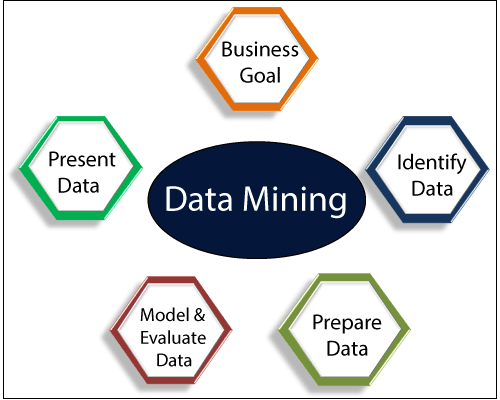
There are numerous data mining tools available in the market, each offering unique features and capabilities. Some of the most popular ones include:
IBM SPSS Modeler
IBM SPSS Modeler is a leading data mining tool known for its user-friendly interface and robust analytical capabilities. It allows users to build predictive models through a visual interface, making it accessible for users with varying levels of technical expertise. SPSS Modeler supports a wide range of algorithms including regression, classification, clustering, and association. It also integrates seamlessly with other IBM products and most databases, enhancing its usability in diverse business environments.
RapidMiner
RapidMiner is an open-source data science platform that offers end-to-end data mining solutions. It provides a visual workflow design, which simplifies the process of creating and deploying complex predictive models. RapidMiner supports various data mining tasks, including data preprocessing, machine learning, and model validation. Its extensive library of pre-built templates and algorithms makes it a versatile choice for businesses of all sizes.
KNIME
KNIME stands for Konstanz Information Miner, and it is another open-source tool that has gained popularity for its flexibility and scalability. KNIME offers an intuitive, drag-and-drop interface that allows users to perform complex data analyses without needing to write code. It supports a wide array of data mining tasks, from data cleaning and transformation to advanced machine learning and predictive analytics. KNIME’s modular architecture allows for easy integration with other tools and platforms.
SAS Enterprise Miner
SAS Enterprise Miner is a comprehensive data mining tool designed for large-scale enterprises. It provides sophisticated data analysis capabilities, including advanced statistical analysis, machine learning, and text mining. SAS Enterprise Miner is known for its ability to handle vast amounts of data and deliver accurate predictive insights. It also offers extensive documentation and support, making it a reliable choice for businesses that require robust data mining solutions.
Microsoft SQL Server Analysis Services (SSAS)
Microsoft SQL Server Analysis Services (SSAS) is a data mining and business intelligence tool integrated within the Microsoft SQL Server suite. It provides tools for OLAP (Online Analytical Processing) and data mining functionalities. SSAS enables users to create data models that can handle large datasets and perform complex analytics. It supports various data mining algorithms and is highly compatible with other Microsoft tools, making it a preferred choice for enterprises heavily invested in the Microsoft ecosystem.
Apache Mahout
Apache Mahout is an open-source machine learning library primarily designed for scalable data mining. It is built to work with large-scale datasets using Apache Hadoop. Mahout provides a range of algorithms for clustering, classification, and collaborative filtering. Its ability to integrate with big data frameworks makes it an ideal choice for businesses looking to leverage large volumes of data for predictive analytics.
1. https://alightmotion.top/elevate-your-expertise-the-power-of-a-computer-science-masters-degree/
3. https://alightmotion.top/the-ultimate-guide-to-ai-recruiting-tools-streamline-hiring-in-2024/
5. https://alightmotion.top/unlocking-efficiency-growth-with-legal-ai-tools-a-guide-for-attorneys/
Oracle Data Mining
Oracle Data Mining (ODM) is a feature within Oracle Advanced Analytics Database that provides a platform for developing and deploying predictive models. ODM allows users to build classification, regression, anomaly detection, and clustering models directly within the Oracle Database. By leveraging SQL-based data mining functions, users can seamlessly integrate predictive analytics into their database applications. This integration enhances performance and scalability, making ODM a suitable option for organizations that require high-level data analytics capabilities without moving data outside the Oracle ecosystem.
WEKA
WEKA, short for Waikato Environment for Knowledge Analysis, is an open-source suite of machine learning software written in Java, developed at the University of Waikato, New Zealand. WEKA provides a comprehensive collection of machine learning algorithms for data mining tasks, including data preprocessing, classification, regression, clustering, and association rule mining. It features a user-friendly graphical interface and supports various data formats, making it accessible for both novice and experienced users. WEKA also offers extensive documentation and an active community, which can be highly beneficial for users seeking support or looking to collaborate with others in the field of data mining.
Tableau
Tableau is a leading data visualization tool that also offers robust data mining capabilities. It enables users to create interactive and shareable dashboards that simplify the understanding of complex datasets. Tableau’s drag-and-drop functionality makes it easy for users to build visualizations without extensive coding knowledge. It supports real-time data analysis and integrates seamlessly with a variety of data sources, including spreadsheets, databases, and cloud services. Tableau’s powerful analytics features, combined with its intuitive interface, allow businesses to uncover actionable insights quickly and efficiently.
Factors to Consider When Choosing a Data Mining Tool

When selecting a data mining tool, several critical factors should be taken into account to ensure that the tool aligns with your business objectives and technical requirements. Below are some key considerations:
Ease of Use
The usability of a data mining tool can greatly influence its effectiveness, especially for teams with varying levels of technical expertise. Consider whether the tool offers a user-friendly interface, such as drag-and-drop functionality or visual workflows, which can simplify the process of data analysis and model building.
Scalability
As your business grows, so too will your data volume. It is essential to choose a data mining tool that can scale efficiently with your data needs. Look into the tool’s capacity to handle big data and integrate with distributed computing frameworks like Hadoop or Spark.
Compatibility
The ability of a data mining tool to integrate seamlessly with existing systems and databases is crucial. Check for compatibility with your current data sources, platforms, and other business intelligence tools to ensure smooth data flow and prevent bottlenecks.
Algorithm Variety
A comprehensive data mining tool should support a wide range of algorithms for tasks such as classification, regression, clustering, and association rule mining. The availability of diverse algorithms can provide more options for uncovering valuable insights from your data.
Performance and Speed
In the fast-paced business environment, the performance and speed of a data mining tool are vital. Evaluate how quickly the tool can process large datasets and generate predictive models. High-performance tools can significantly reduce the time from data extraction to actionable insights.
Support and Community
Reliable support and a strong user community can be indispensable when facing challenges with a data mining tool. Consider whether the tool offers extensive documentation, customer support, training resources, and an active user community for troubleshooting and knowledge sharing.
Cost
The cost of a data mining tool can vary widely, from free open-source solutions to high-end commercial products. Assess your budget and ensure that the tool you select provides a good balance of features and affordability. Consider long-term costs, including licensing, maintenance, and potential scalability expenses.
Security
Data security is paramount, particularly when dealing with sensitive or proprietary information. Investigate the security features of the data mining tool, including data encryption, access controls, and compliance with industry standards and regulations.
By carefully evaluating these factors, businesses can select a data mining tool that not only meets their current needs but also provides the flexibility and robustness required to adapt to future challenges and opportunities.
The Future of Data Mining in Business Intelligence

1. https://alightmotion.top/the-rise-of-ai-unlocking-sales-success-with-ai-sales-tools/
2. https://alightmotion.top/the-ultimate-guide-to-ai-recruiting-tools-streamline-hiring-in-2024/
5. https://alightmotion.top/elevate-your-expertise-the-power-of-a-computer-science-masters-degree/
The future of data mining in business intelligence (BI) is set to be transformative, driven by advancements in artificial intelligence (AI), machine learning (ML), and big data analytics. As businesses generate and collect an ever-increasing volume of data, the ability to extract meaningful insights quickly and accurately will become even more critical. Here are some trends and developments to watch for in the evolving landscape of data mining and BI:
Integration with AI and Machine Learning
AI and ML algorithms are becoming more sophisticated, allowing for more accurate predictive models and unearthing deeper insights from complex datasets. These technologies will increasingly be integrated into BI tools, enabling businesses to automate decision-making processes and gain real-time, actionable insights.
Increased Adoption of Big Data Technologies
Big data technologies such as Hadoop, Spark, and NoSQL databases will continue to play a significant role in data mining. These tools enable the processing and analysis of vast amounts of data at high speeds, making it possible to derive insights from data sets that were previously too large or complex to handle.
Enhanced Data Visualization
The role of data visualization in BI is evolving, with more interactive and dynamic visualization tools becoming available. Enhanced visualization capabilities will allow users to explore data in more intuitive ways, making complex data sets easier to understand and share with stakeholders.
Natural Language Processing (NLP)
NLP is set to revolutionize how users interact with data mining and BI tools. By enabling users to query databases and generate reports using natural language, NLP can make data analysis more accessible to non-technical users, thereby democratizing access to business insights.
Cloud-Based Solutions
Cloud computing continues to expand, offering scalable and flexible data mining solutions. Cloud-based data mining tools allow businesses to handle massive data volumes without the need for substantial on-premises infrastructure investments. These solutions also facilitate remote access and collaboration, enhancing agility and efficiency.
Emphasis on Data Governance and Security
As data privacy concerns grow and regulations become stricter, data governance and security will be paramount. Future data mining tools will need to incorporate robust security measures, including data encryption, access controls, and compliance with legal and ethical standards to protect sensitive information.
Real-Time Data Analysis
Businesses increasingly require real-time data analysis to stay competitive. Advanced data mining tools will offer real-time processing capabilities, allowing companies to respond to market changes, customer behaviors, and operational challenges as they happen.
Personalized Customer Experiences
The future of BI will see a greater emphasis on personalizing customer experiences. Data mining will enable businesses to analyze customer data in detail, uncovering insights into preferences and behaviors that can drive targeted marketing strategies and improve customer satisfaction.
By staying abreast of these trends and integrating cutting-edge data mining and BI tools, organizations can unlock new growth opportunities, drive innovation, and maintain competitive advantages in an increasingly data-driven world.
Conclusion
In conclusion, the ever-evolving landscape of data mining and business intelligence presents a wealth of opportunities for organizations to harness. By leveraging advanced technologies such as AI, ML, and big data analytics, businesses can transform raw data into actionable insights, driving strategic decision-making and fostering innovation. The integration of enhanced data visualization and NLP tools democratizes access to data analysis, making it more intuitive and accessible for users with varying technical expertise. Furthermore, the shift towards cloud-based solutions provides scalability and flexibility, supporting collaboration and efficient data handling.
As the importance of data governance and security continues to grow, robust protective measures are essential in ensuring compliance and safeguarding sensitive information. Real-time data analysis capabilities will enable businesses to stay agile and responsive in a dynamic market landscape, while personalized customer experiences will be key in maintaining competitive advantages and enhancing satisfaction.
By carefully selecting and implementing the right data mining tools and staying attuned to emerging trends and technologies, organizations can unlock significant value from their data, driving growth and sustaining success in an increasingly data-driven world.
